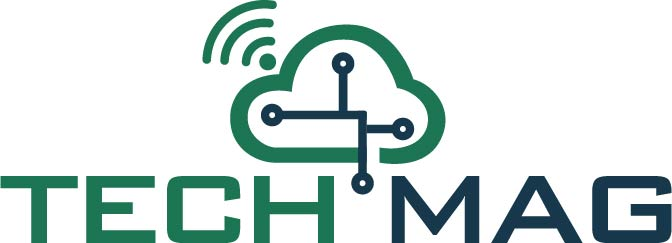Domestic demand in South Korea has reportedly been improving, as the country tries to return to the pre-pandemic level of normalcy. However, slow exports due to external risks pose a major threat to the nation’s economy, government-run think tank Korea Development Institute (KDI) has stated.
KDI’s monthly economic assessment report also discovered that amid the easing of COVID-19 restrictions in the country, its face-to-face service industry recorded a strong recovery in August. In addition, there was an ease in the contraction of durable goods sales as well.
Retail sales in South Korea rose 2.3% on-year in August, largely prompted by high automobile sales, with service production having also risen 7.1% during the same time.
The think tank stated that the country’s economy is showing partial improvement in demand, but the pace of recovery is slow due to sluggish exports amid deteriorating global conditions, with KDI especially mentioning a poor export performance in the semiconductor sector.
KDI stated that due to a slowdown in demand, the semiconductor industry is increasingly weakening, caused by a decline in prices as well as exports.
This is especially concerning for South Korea, the fourth largest economy in Asia, whose mainstay is chip exports.
South Korea’s exports fell 20.2% on-year in the first ten days of this month, reaching $11.8 billion according to Korea Customs Service. It was largely due to slowing sales of semiconductor chips overseas.
The custom agency also reported that its outbound shipments of chips plunged 20.6% on-year in the same period, reaching $2.2 billion.
Meanwhile, the Korean won depreciated nearly 16% against the dollar this year due to growing geopolitical risks related to the conflict in Ukraine.
It is to be noted that a weak currency leads to higher inflation pressure, making exports more costly.
KDI stated that despite plunging oil prices, headline inflation remained high due to the prices of personal services, adding that the downside risks are increasing while the US becomes more aggressive with its rate hike and China’s rebound stays weak.
Source credit: https://www.koreatimes.co.kr/www/tech/2022/10/419_337667.html
